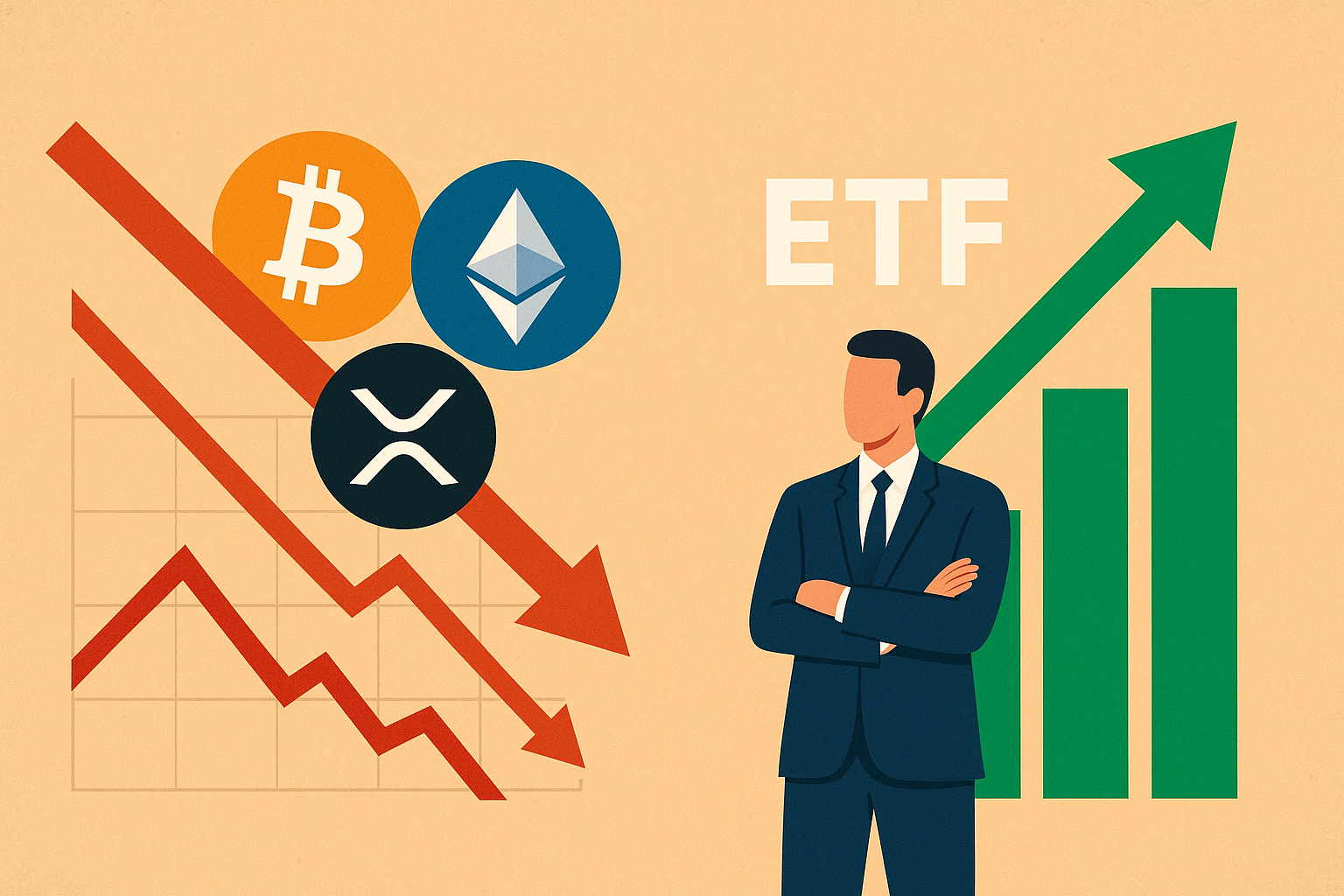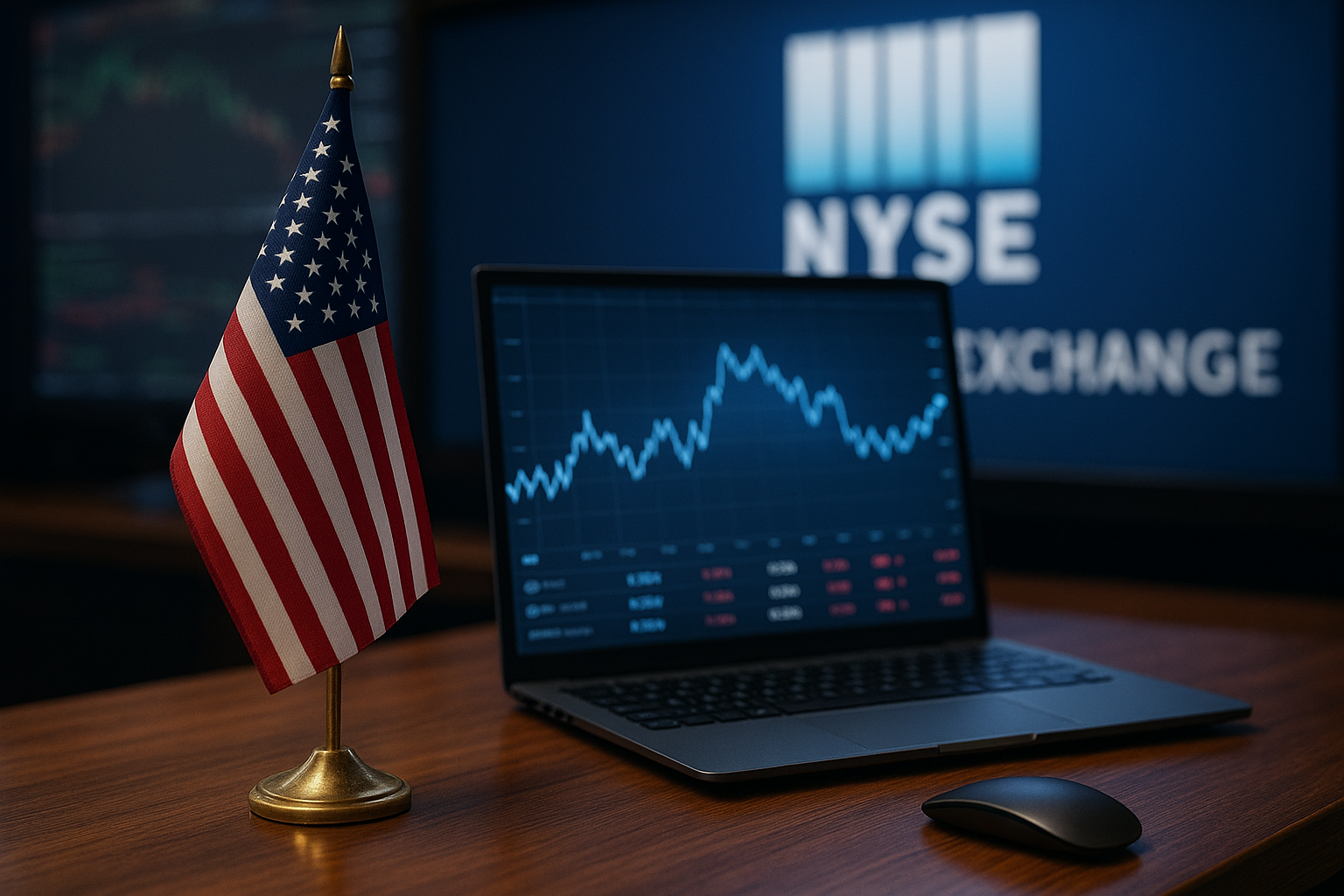Investor sentiment roared back last week as U.S. equity funds recorded $8.77 billion in net inflows, the largest in nearly two months, according to Reuters data. Optimism is being fueled by growing market conviction that the Federal Reserve will announce a rate cut in September and by the unexpected breakthrough in U.S.–China trade relations, as both sides agreed to suspend planned tariffs.
Still, caution lingers. Equity futures opened the week on a mixed note, with traders awaiting retail sales figures that could reveal whether the consumer—long the bedrock of the U.S. economy—is starting to lose steam.
Optimism Backed by Macro Tailwinds
The dual boost of monetary policy easing expectations and geopolitical trade relief has sparked broad-based interest across market sectors. Data from Investopedia and LSEG Lipper shows that inflows were strongest into cyclical sectors, including financials, industrials, and consumer discretionary—sectors that typically outperform during periods of economic acceleration.
The Federal Reserve’s most recent meeting minutes hinted that members see “room for policy flexibility” in response to softening labor market indicators. Fed funds futures now price in a nearly 70% probability of a 25-basis-point cut at the September meeting, up from 52% just two weeks ago.
On the trade front, analysts note that the tariff suspension removes a key overhang on global growth expectations. “While the truce does not resolve underlying tensions, it significantly reduces immediate downside risk for multinational earnings,” said Greg Peters, co-CIO at PGIM Fixed Income, in a note to clients.
Why This Matters for Investors
Rate cuts generally provide a tailwind for equity valuations by reducing borrowing costs for corporations and stimulating consumer demand. Coupled with the easing of trade tensions, this creates a powerful environment for risk assets—at least in the short term.
However, the upcoming retail sales report looms large. A weaker-than-expected print could reignite recession concerns, especially given recent softness in wage growth and household savings rates. For now, flows suggest that investors are willing to “buy the dip” on any minor pullbacks, particularly in U.S.-focused sectors that stand to benefit most from domestic resilience.
Future Trends to Watch
- Consumer Health Metrics – Monitor retail sales, personal consumption expenditures (PCE), and credit card delinquencies for signs of a slowdown.
- Fed Communications – Any shift in tone from Fed officials before the September meeting could influence rate-cut odds and, by extension, equity valuations.
- Corporate Earnings Guidance – Companies in cyclical sectors may revise guidance upward if macro conditions improve, creating pockets of alpha.
- Global Trade Developments – Even with tariffs suspended, broader U.S.–China relations remain a wildcard for multinational exposure.
Key Investment Insight
With $8.77 billion in equity fund inflows signaling a return of bullish sentiment, investors may find attractive opportunities in cyclical sectors and domestically oriented consumer plays. While this optimism is supported by rate-cut expectations and easing trade tensions, the retail sales report is a key risk event that could temper enthusiasm.
A balanced strategy—maintaining core positions in broad equity ETFs while selectively adding exposure to rate-sensitive sectors—can allow investors to capture upside while remaining nimble in case consumer weakness triggers market volatility.
The convergence of macro relief and strong inflows suggests investors are positioning for a favorable second half of the year. Yet, with the consumer’s resilience still in question, vigilance is essential.
Stay connected with MoneyNews.Today for timely analysis and investment strategies that keep you ahead of market moves.





